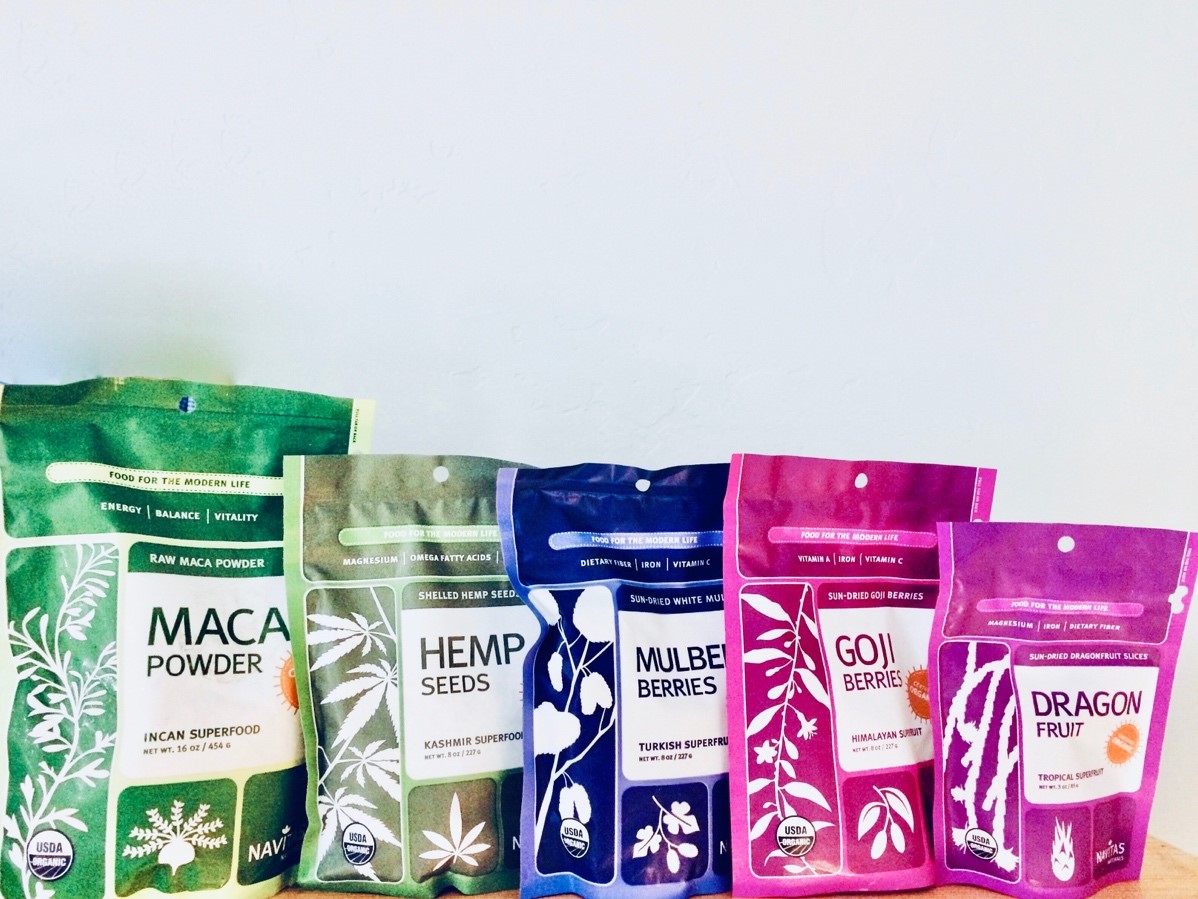
Image by Sarah Alinejad
Sarah Alinejad a recent ASU Nutrition Student
If there was a certain food that contained a plethora of vitamins and minerals, including high levels of vitamin C and A, vitamins B6, K1, and E, folate, potassium, and contained only few calories, some might call it a superfood. If I said that food was a bell pepper, some might be less impressed. “Superfoods” are thought of as exotic and unique—the be-all-end-all of healthy foods. What we don’t realize is that there are a lot more “superfoods” out there than we realize. They just aren’t touted as such. Why is that?
This impression of them is intentional done by marketing campaigns and is also a result of culinary colonialism. There’s this hyper focus on a specific property or nutrient of the food and because of this, justifies a higher price point. What isn’t recognized is that these foods have actually been around for centuries in their native cultures. They have cultural significance and meaning—however, that is erased and rebranded to appease western markets, which claim to value health so much.
Breaking food down to its simpler components is one way to decipher if it’s healthy or not. If something has high levels of saturated fat, best to stay away from it, while something with more fiber would be a healthier option. Something with high levels of antioxidants and phytochemicals would be healthier than a highly processed food that was depleted of valuable nutrients. However, this should be considered guidelines only because this can turn into a very gray area very quickly and teeters on reductionism. Reductionism can be useful, but doesn’t consider the whole picture, which tends to be more beneficial in the long run.
Another point worth noting is companies may use a “superfood” in their product, but it’s an incredibly refined version of that, to the point where the beneficial nutrients may have been removed. For example, açaí puree may be present in a food product, but combined with tons of added sugar. Juices contain lots of vitamins, but filter out other beneficial properties that a whole food would otherwise have, such as fiber and water. This doesn’t always invalidate the potential health benefits, but realizing a refined product and a whole product have significant differences creates a clearer picture on the implications of said food product.
Some of these “superfood” trends within the past few years have been açaí berry, matcha, and kale. They’ve been so popular because of their high antioxidant levels—specifically polyphenols, which are known to improve a variety of health issues such as diabetes or heart disease. The harsh reality is, there is no such thing as a “superfood”. It’s another word on the list of marketing terms that was created to help sell products. In fact, all whole foods, such as fruits, vegetables, whole grains, legumes, and nuts or seeds contain vast amounts of nutrients, all in varying degrees. This includes herbs and spices, which have also been known to be useful in Eastern medicine.
Don’t get me wrong—the movement towards healthier snacking has good intentions. The shift in wanting to eat healthier has created many opportunities, from new product ideas to culinary creation, and my guess is that it’ll continue that way as people continue to become more aware of their eating habits.
So to sum it up, yes, these “superfoods” individually contain high amounts of beneficial things like high levels of vitamin C and antioxidants. However, our bodies don’t run solely off those micronutrients. Our bodies are so much more complex and they need complex carbohydrates, sufficient amounts of protein, and healthy fats. That being said, balance is absolutely essential when it comes to a healthy diet. (Really, balance is essential when it comes to almost anything).
Açaí and matcha are great to incorporate into the diet, but also not necessary for one to be healthy, nor are they the answer to every health ailment. It’s also important to remember that these foods existed in their own cultural worlds, outside a western, capitalistic society and should be paid homage as such. We can and should still enjoy and appreciate these unique types of foods, keeping in mind that there’s more to them than fake buzzwords and pretty packaging.

